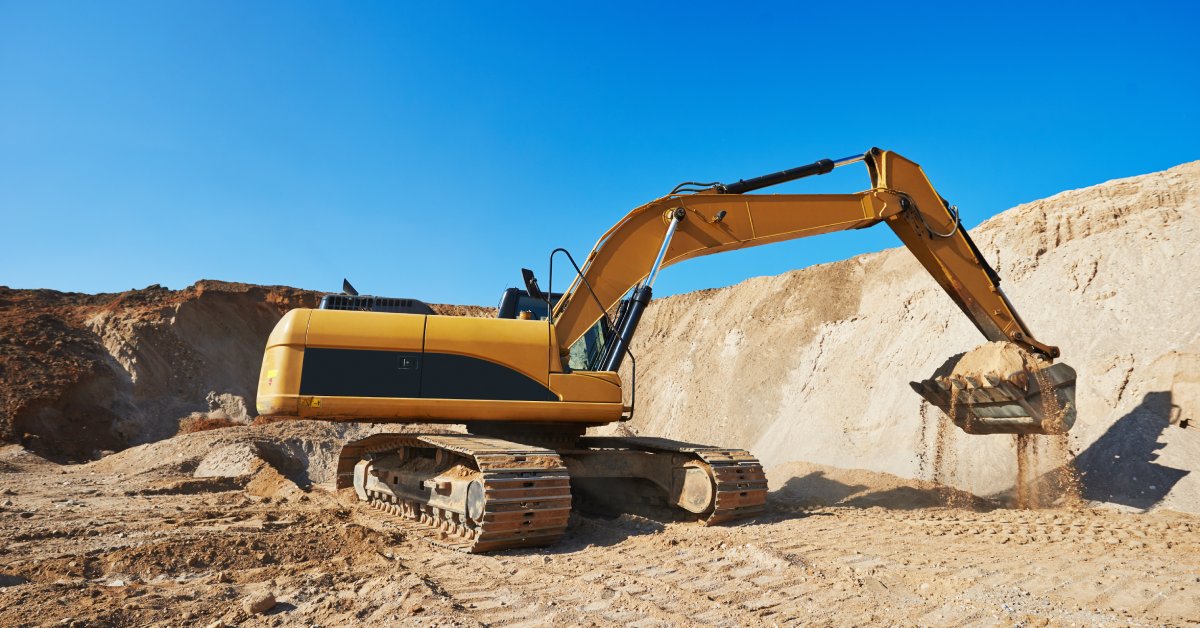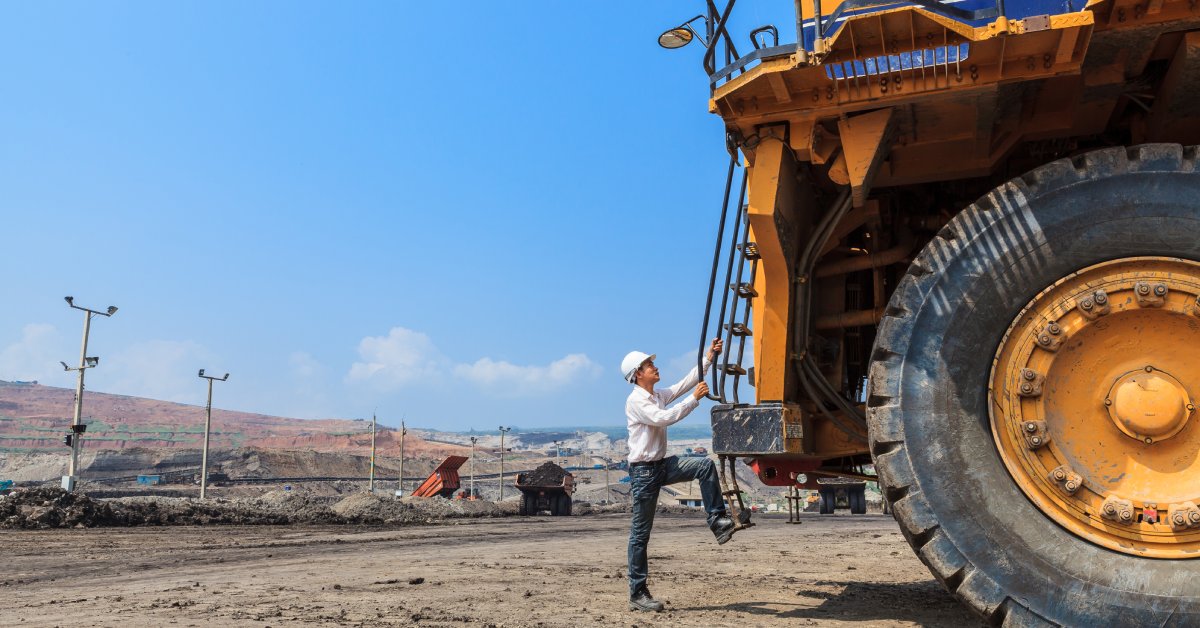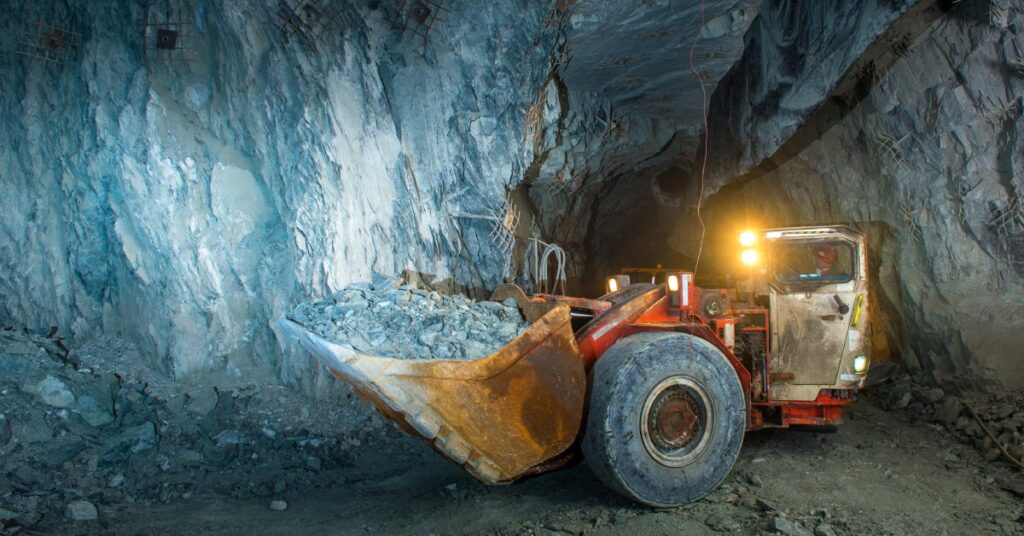From mining trucks to construction equipment, off-highway vehicles endure rigorous environments daily. As a result, off-highway vehicles need high-quality components that will promote long-lasting performance.
To improve the system’s fuel consumption, decrease maintenance costs, and deliver reliable results, learn how gear ratios affect off-highway vehicle performance and the benefits they provide operators for long-term success.
Understanding Gear Ratios in Off-Highway Applications
Gear ratios represent the relationship between the number of teeth on two connected gears within your powertrain system. The mechanical principle determines how the power is transferred from the engine through the transmission to the wheels. In off-highway vehicles, manufacturers engineer gear ratios to optimize performance based on various operational demands.
To determine the ideal ratio, the mathematical calculation involves dividing the number of teeth on the driven gear by the number of teeth on the driving gear. For instance, a gear ratio of 4:1 means the input shaft completes four rotations for every single rotation of the output shaft. This configuration multiplies torque while reducing rotational speed for heavy-duty off-highway operations.
Off-highway vehicles require different gear ratio configurations compared to standard road vehicles. On one side, mining trucks hauling massive loads up steep inclines need lower gear ratios for maximum torque multiplication. On the other hand, construction equipment operating in varied terrain conditions benefits from versatile gear ratio ranges that adapt to changing work requirements.
Speed Control Through Strategic Gear Selection

Higher gear ratios deliver increased speed capabilities for off-highway vehicles operating across expansive work sites. When your vehicle requires rapid transit between job locations, higher gear ratios reduce the engine’s revolutions per minute (RPM) to maintain desired ground speeds. It optimizes fuel efficiency during high-speed transport phases of your operation.
Excavators, bulldozers, and loaders equipped with appropriate gear ratios complete site transitions efficiently. The reduced engine stress during transport operations extends component life and minimizes maintenance intervals.
Mining operations spanning vast territories demand gear ratios that enable swift equipment repositioning. For example, haul trucks covering long distances between extraction points and processing facilities require gear configurations that balance speed capabilities with load-carrying requirements. By using gear ratios catered to these circumstances, the vehicles maintain productivity schedules while managing operational costs effectively.
Torque Multiplication for Heavy-Duty Performance
When your equipment encounters steep grades, loose soil conditions, or maximum payload scenarios, lower gear ratios convert engine power into the rotational force needed for reliable operation. This includes excavators digging through dense clay or rocky substrates that rely on low gear ratios to maintain consistent digging force. The torque multiplication enables hydraulic systems to operate at full capacity while the undercarriage maintains stability and traction.
Along with this, loaded mining trucks ascending from deep pit operations depend on precisely engineered low gear ratios. These configurations provide the torque necessary to overcome gravitational forces at safe climbing speeds. The mechanical advantage prevents engine lugging and transmission overheating that could result in downtime and component failures.
Fuel Efficiency Through Optimal Gear Ratio Design
Properly selected gear ratios affect fuel consumption in off-highway vehicle operations. When gear ratios match operational requirements, engines operate within the appropriate RPM range for peak fuel efficiency.
Mining operations benefit from gear ratio configurations that minimize fuel consumption during repetitive hauling cycles. When haul trucks operate with properly matched gear ratios, engines maintain efficient combustion throughout loaded climbs and empty descents. Optimizing components during extended work cycles reduces unnecessary fuel consumption in off-highway vehicles.
Engine Protection and Longevity Benefits
Appropriate gear ratios protect off-highway vehicle engines from excessive stress and premature wear. When gear ratios match operational demands, engines avoid lugging conditions that cause increased internal pressures and component fatigue. The provided protection extends the engine’s service life even after severe operational conditions.
Transmission systems benefit substantially from properly calibrated gear ratios in off-highway applications. When gear ratios distribute loads appropriately across transmission components, wear patterns remain uniform and predictable. Evenly distributing this energy prevents premature failures and reduces unexpected downtime costs.
Stability reduces hydraulic component wear and improves overall system reliability. Hydraulic systems integrated with off-highway powertrains operate more efficiently when supported by appropriate gear ratios. The consistent power delivery enables hydraulic pumps to maintain steady pressure and flow rates.
Terrain Adaptation and Traction Management
Different terrain conditions require specific gear ratio characteristics for optimal off-highway vehicle performance. For instance, rocky surfaces demand low gear ratios that provide precise control and maximum traction force. To compare, muddy conditions benefit from gear ratios that prevent wheel spin while maintaining forward momentum.
Articulated dump trucks operating in varied mining terrain utilize multiple gear ratios to adapt to changing surface conditions. Their versatile nature maximizes productivity across diverse operational environments. The mechanical advantage provides consistent track speed with balanced blade pressure against material resistance.
Maintenance Cost Reduction Through Proper Gear Selection

Strategic gear ratio selection reduces maintenance costs by minimizing component stress throughout off-highway vehicle powertrains. When gear ratios match operational requirements, components operate within design parameters and experience predictable wear patterns. Correct alignment enables proactive maintenance scheduling and reduces emergency repair costs.
Transmission maintenance intervals extend significantly when gear ratios distribute loads appropriately across internal components. Properly loaded transmissions maintain consistent oil temperatures and pressures that preserve seals and bearings. This reduces fluid change frequencies and component replacement requirements.
Along with the transmission, final drive assemblies benefit from gear ratio configurations that prevent excessive loading during typical operations. When gear ratios provide appropriate torque multiplication, final drives operate within design limits and maintain reliable performance. Protecting these components minimizes costly final drive rebuilds and extends service intervals.
Operational Productivity Enhancement
Optimized gear ratios directly impact off-highway vehicle productivity by providing consistent performance across varied operational demands. When vehicles operate with appropriate gear ratios, cycle times remain predictable. Plus, it enables accurate production planning and resource allocation.
Loading equipment benefits from gear ratio configurations that maintain consistent crowd and lift speeds regardless of material density variations. Wheel loaders equipped with properly selected gear ratios complete loading cycles efficiently while preventing component overload.
Hauling operations also achieve maximum productivity when gear ratios enable vehicles to maintain target speeds throughout loaded and empty travel cycles. Properly configured haul trucks complete more cycles per shift while consuming optimal fuel quantities. Using these capabilities maximizes material movement while controlling operational costs.
If your systems require repairs or updated components to accommodate a more reliable gear ratio, work alongside Bull Powertrain! Our off-highway powertrain specialists will support you as you find compatible and durable parts for your mining vehicles. Conduct your routine maintenance and gather the materials you’ll need for a successful installation by visiting our website today.

